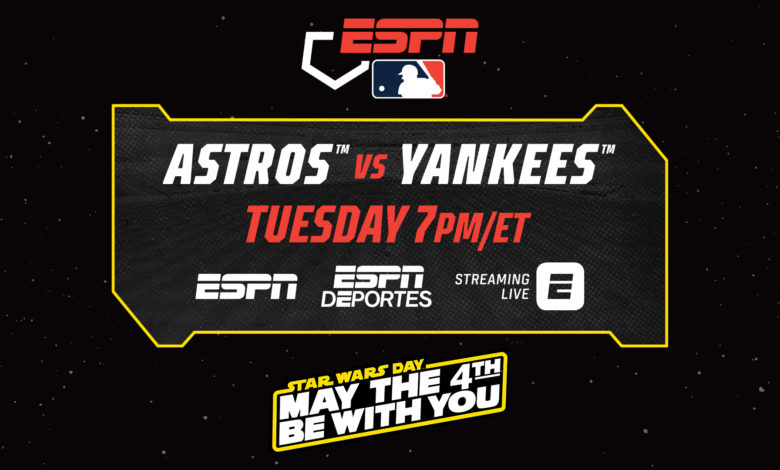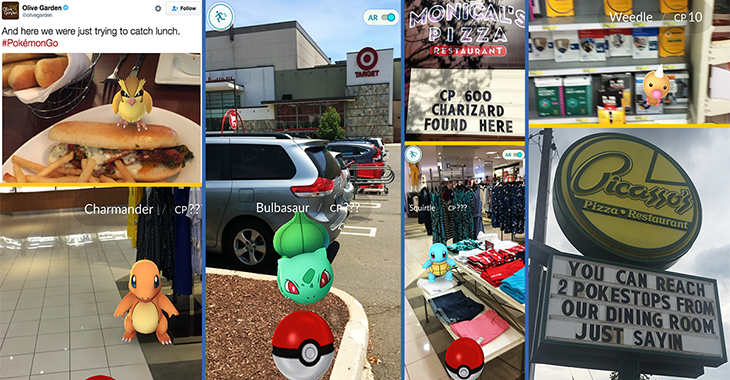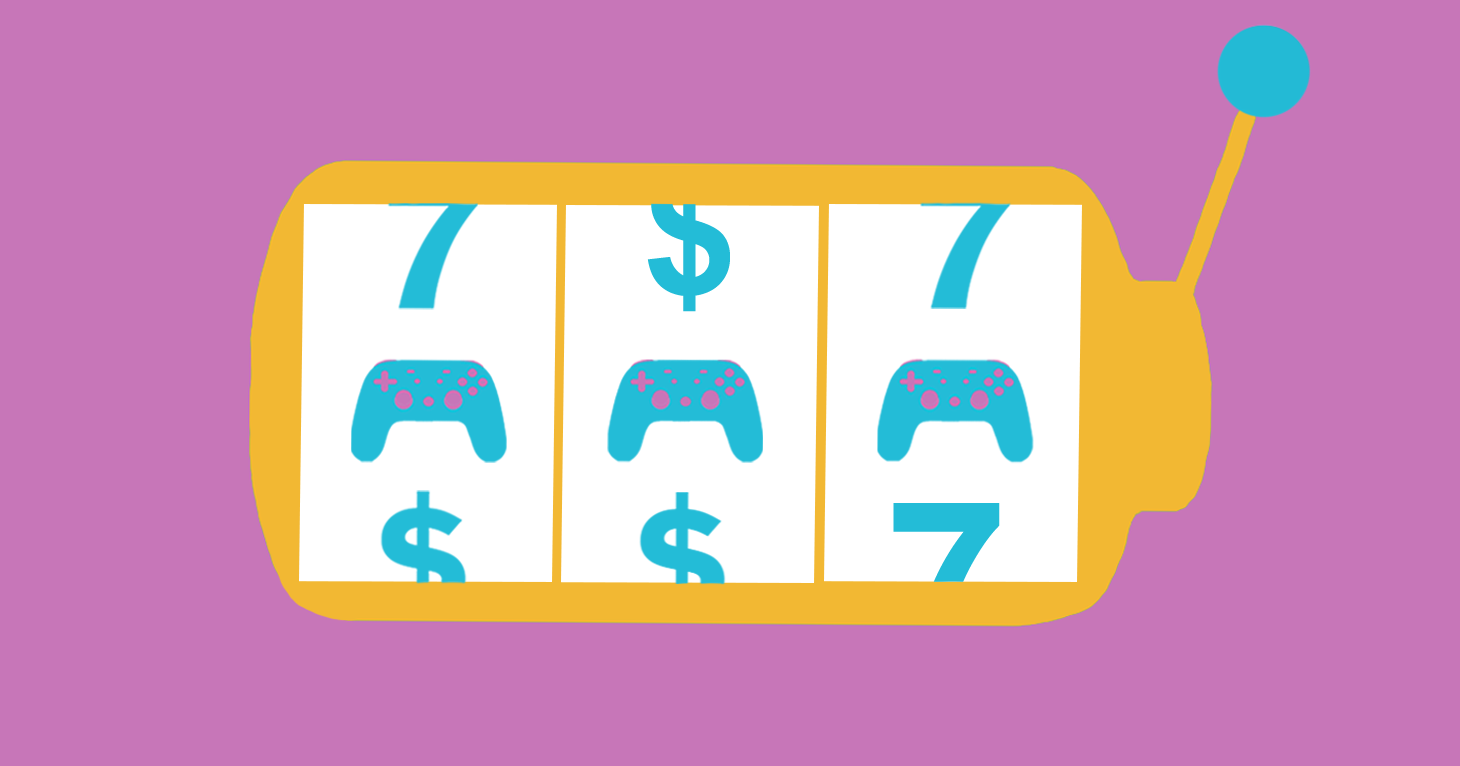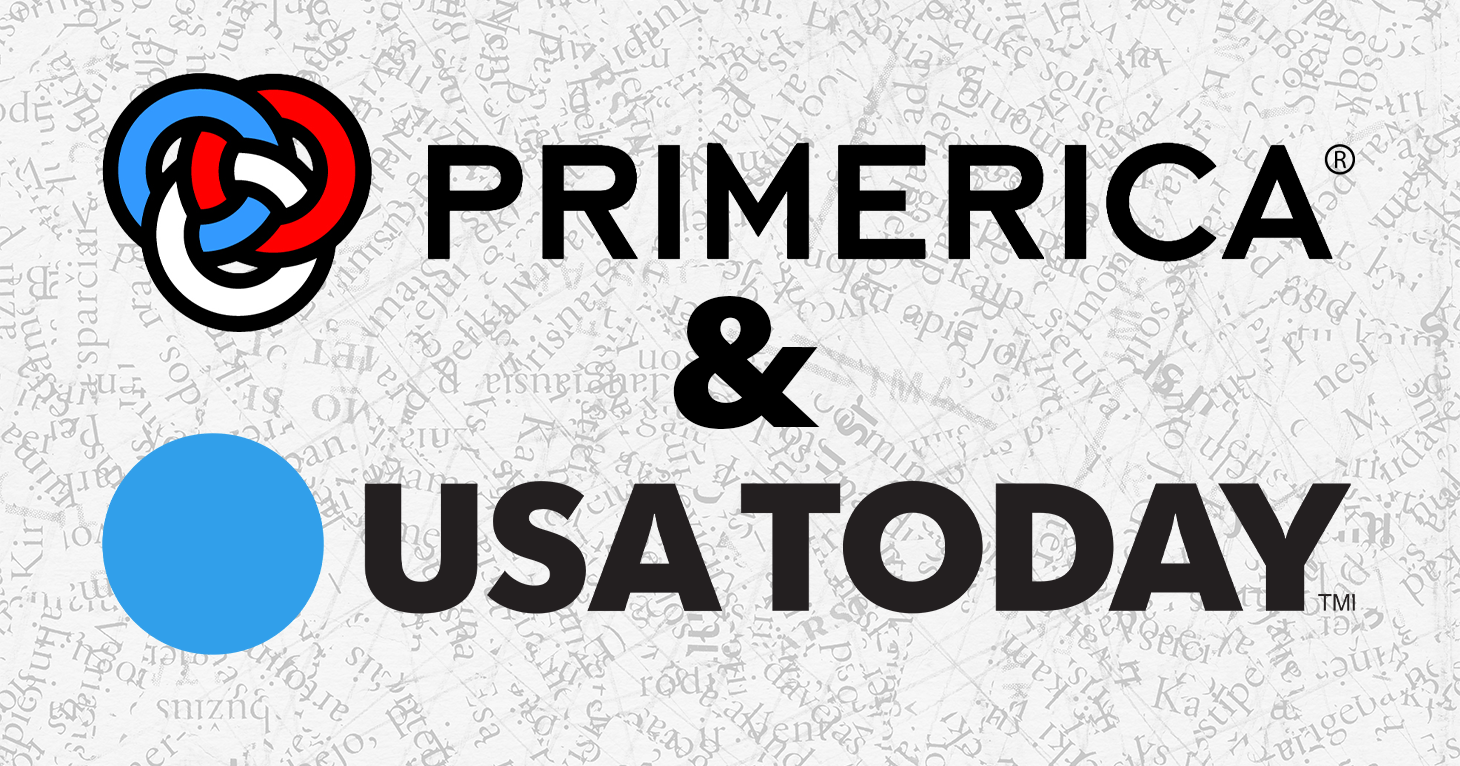
Ad or Not? ESPN’s Star Wars-Themed Baseball Telecast
“May the fourth” of distinguishing between organic content and paid advertising be with you.
The in-store presence of Pokémon prompts TINA.org inquiry about possible marketing agreements.
|
Pokémon are running wild thanks to a new location-based app called Pokémon Go. The instantly popular free smartphone game has transported Pikachu and friends into the real world, which is to say, onto millions of people’s smartphone screens.
Following a digital map of their actual surroundings displayed on their smartphone screen, Pokémon Go players, or trainers in the Pokémon vernacular, set out to “catch” the animated creatures. When they surface, Pokémon characters appear superimposed over what players see in real life through their smartphone camera. And these critters have been popping up in some interesting if not inappropriate places.
For example, after TINA.org signed on as a trainer (in the name of consumer advocacy, of course), we found Pokémon waiting in line at Starbucks and on shelves inside Target and Macy’s. At Target, we had to be careful not to step on this wittle Weedle in the electronics section of the store:
Then, at Macy’s, we encountered this cute Squirtle just hanging out on some shorts on display in the department store:
The presence of Pokémon inside these stores led TINA.org to wonder whether Starbucks, Target, or Macy’s had a marketing agreement with the app’s developer, Niantic, Inc., originally an internal Google startup, which created the game in partnership with The Pokémon Company and Nintendo. All three stores told TINA.org they had no such arrangement.
At least not yet in the U.S. But in Japan McDonald’s has partnered with Niantic to turn the country’s fast food locations into sponsored Pokéstops. In response, the Campaign for a Commercial-Free Childhood, a consumer group, has called on Niantic to institute privacy protections for children under 13 playing Pokémon Go. “No game played by children should lure them to visit a junk food restaurant or any other commercial establishment,” said the group’s executive director, Josh Grolin, in a statement.
Niantic did not respond to a TINA.org request for comment but the company’s chief executive, John Hanke, recently told the New York Times that sponsored locations inside Pokémon Go are coming to the U.S. The Financial Times notes that there’s precedent for that type of monetization with another “augmented reality” game that Niantic developed called Ingress:
That game has allowed Niantic to pioneer a variety of tie-ups with convenience stores and banks that coax Ingress players to those locations: the potential for similar marketing deals with Pokémon Go, say analysts, is huge.
Businesses are already leveraging their locations as places to capture Pokémon and their proximity to Pokéstops. These are physical landmarks, such as churches, gyms, and parks, where players gather en masse to pick up game-related gear such as Pokéballs and eggs, which hatch Pokémon after walking certain distances. Businesses playing the game can also purchase lures to attract players to their stores.
From outside the restaurant where we ate dinner tonight. There was a Pokestop next door with lure constantly active. pic.twitter.com/cfQ05yIdl8
— Steve Lubitz (@WickedGood) July 11, 2016
Other businesses are monetizing the craze by restricting Pokémon trapping on its premises to “paying customers only.”
Some businesses, though, do not care if you ever become “the very best like no one ever was,” as the Pokémon theme song goes, and have kicked customers out for playing the game in their stores.
But before you go anywhere to “catch ’em all,” you should know that Niantic has faced scrutiny regarding all the data it collects through the Pokémon Go app, which already has 21 million daily active users in the U.S. alone, and how it may share that information with third parties. Niantic notes in its policies listed at the very bottom of its webpage, that players grant it the right to use and distribute any player-generated content and that if they opt out of some of the data collection, they may not be then able to use all or a portion of its game services.
U.S. Senator Al Franken called on Niantic to explain what exactly it’s collecting and for what specific purposes. Franken wrote in a letter to the company:
I am concerned about the extent to which Niantic may be unnecessarily collecting, using, and sharing a wide range of users’ personal information without their appropriate consent. … From a user’s general profile information to their precise location data and device identifiers, Niantic has access to a significant amount of information, unless users — many of whom are children — opt-out of this collection.
Meanwhile, Pokémon Go has sent Nintendo shares soaring, boosting the Japanese company’s market value by $9 billion, according to The Wall Street Journal. Such media stories have created a buzz of their own about the game. And as long as that buzz continues, stores will continue to lure customers with the promise of Pokémon, whether you consider that an ad or not.
Find more Ad-or-Not posts here.
This article was updated 7/26/16.
“May the fourth” of distinguishing between organic content and paid advertising be with you.
Class-action trend likens purchasing loot boxes in video games to pulling a lever on a slot machine.
Company tweet muddies sponsored content.


